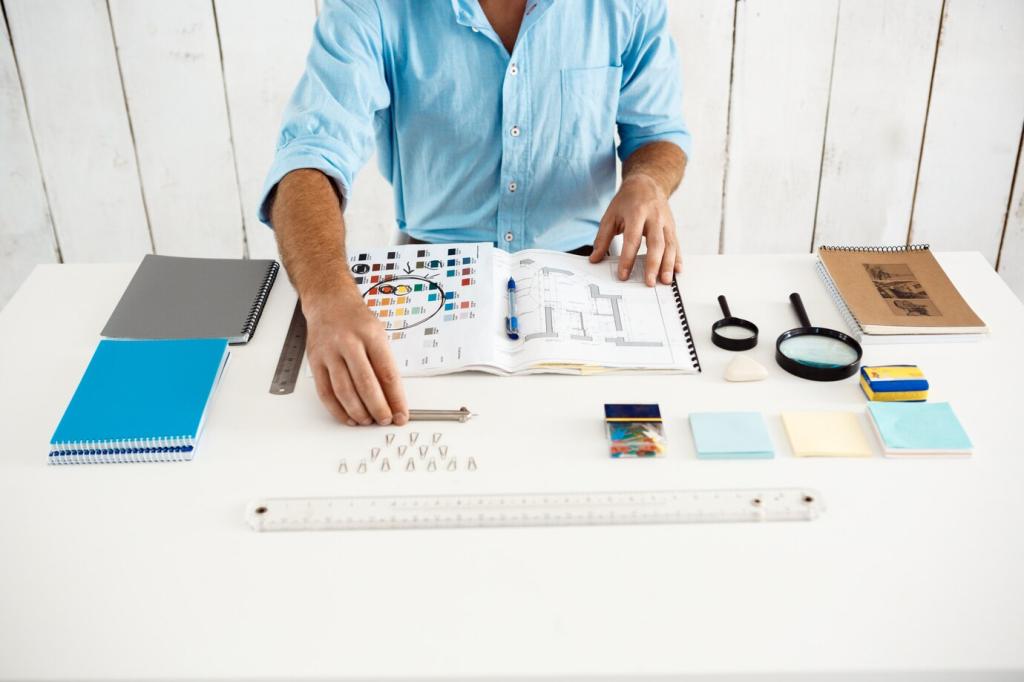Performance, Offline‑First, and Perceived Speed
Preload critical paths, queue actions offline, and sync conflict‑free. Communicate what works without network, and never block creation. Clear messaging prevents abandonment when coverage becomes unreliable or intermittent.
Performance, Offline‑First, and Perceived Speed
Use skeletons to set layout expectations and optimistic UI to keep flow alive. Pair with informative toasts for reconciliation. Done well, perceived latency drops even before actual performance improves.





